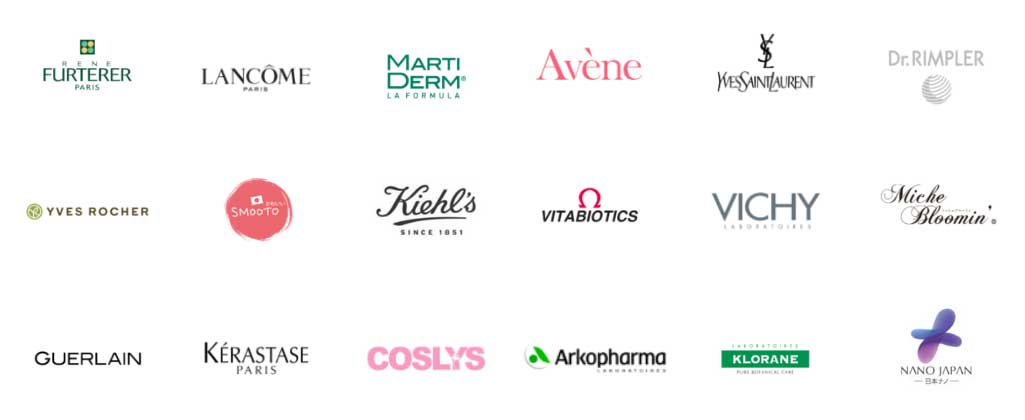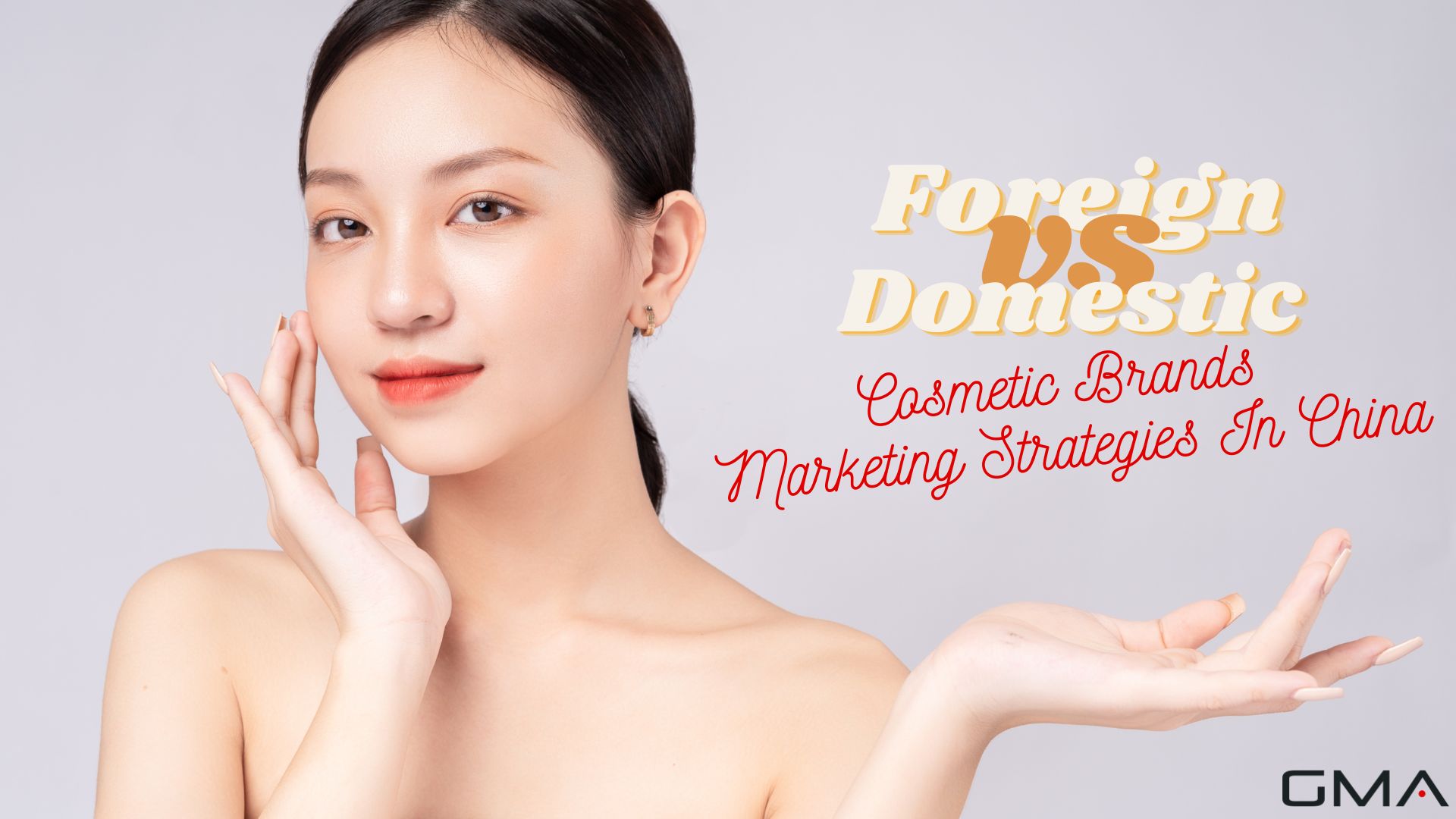Navigating the dynamic landscape of China’s cosmetic market, especially between foreign and domestic brands can be challenging. We know – as a marketing agency, it has been quite an adventure understanding this lucrative yet complex territory where foreign brands held 44% market share in 2023.
This article will delve into the distinct marketing strategies adopted by both international and local Chinese beauty brands to thrive in this competitive arena. Ready for an insightful journey? Let’s unravel these secrets together!
Key Takeaways
- Local beauty brands in China, also known as C-beauty brands, have transformed from being cheap alternatives to becoming trendsetters in the cosmetics market. They have gained significant success through smart pricing strategies and a focus on understanding the preferences of Chinese consumers.
- Local beauty brands employ various marketing strategies such as leveraging Key Opinion Leaders (KOLs) and digital platforms, focusing on qualitative offerings, and evolving distribution strategies to capture the attention of Chinese consumers.
- Foreign cosmetic brands entering the Chinese market must adapt their marketing strategies by embracing digital platforms, collaborating with KOLs and local celebrities
- They also need to customize products for Chinese consumers, invest in offline experiences, localize marketing campaigns, build partnerships with local retailers, and establish trust through quality assurance.

Rise of Local Beauty Brands in China
C-beauty brands are rocking the industry in China. They used to be the cheap option. Now, they are setting trends. In 2019, these brands showed huge sales growth. The skincare sector did even better than others.
C-beauty is no longer a low-cost choice only. It stands for high quality and fresh ideas now. These brands know the Chinese market well which helps them win big with their marketing strategies too.
Local brands have gained a strong place in the market. They got there with smart pricing strategies and a focus on what people here want. Young city dwellers, mainly between 18-25 years old, are big buyers of these products.
Big cities like Shanghai and Guangzhou show this trend clearly.
Chinese and foreign companies both gain from the local brands’ success. These home-grown labels prove that knowing your customers pays off!
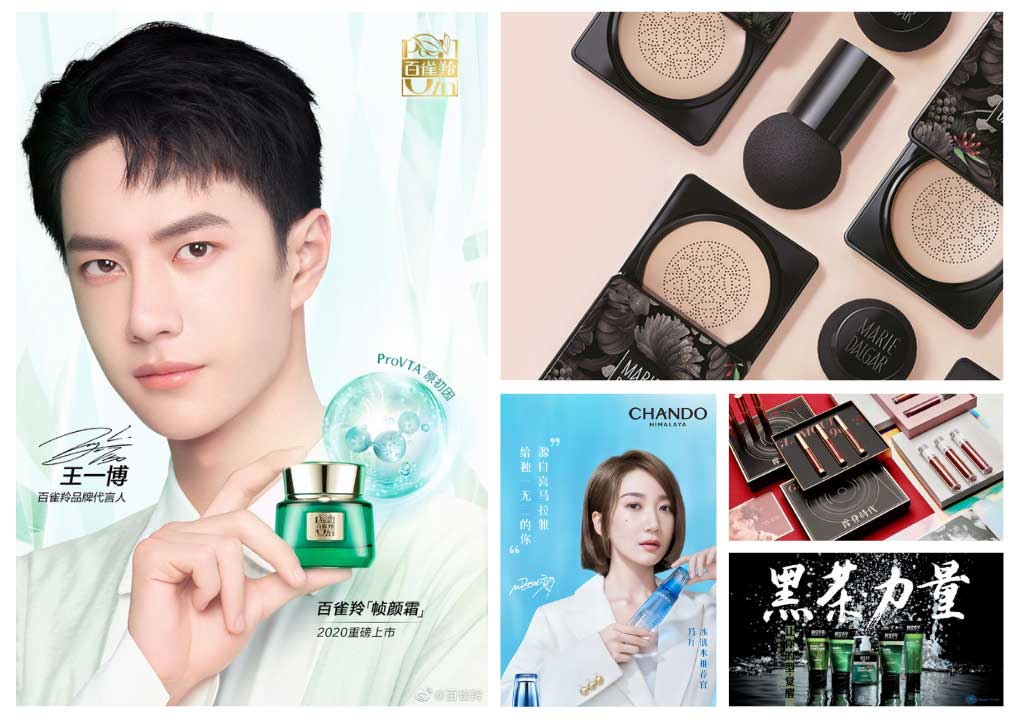
Impact of Acquired Local Brands on the Market
Big beauty firms from other countries buy local brands in China. This helps them enter the growing market fast. They use well-known Chinese brands to get an edge over others. These foreign firms learn more about Chinese buyers through this method.
They then know what they like and dislike. Local and foreign brands both fight hard to win more customers in China. They come up with new ways to sell cosmetics in China. Different prices, customized items, and ads that catch people’s eyes are some tricks they use.
More and more people now want to try local brands in China too. This change is causing a big stir in the market overall.
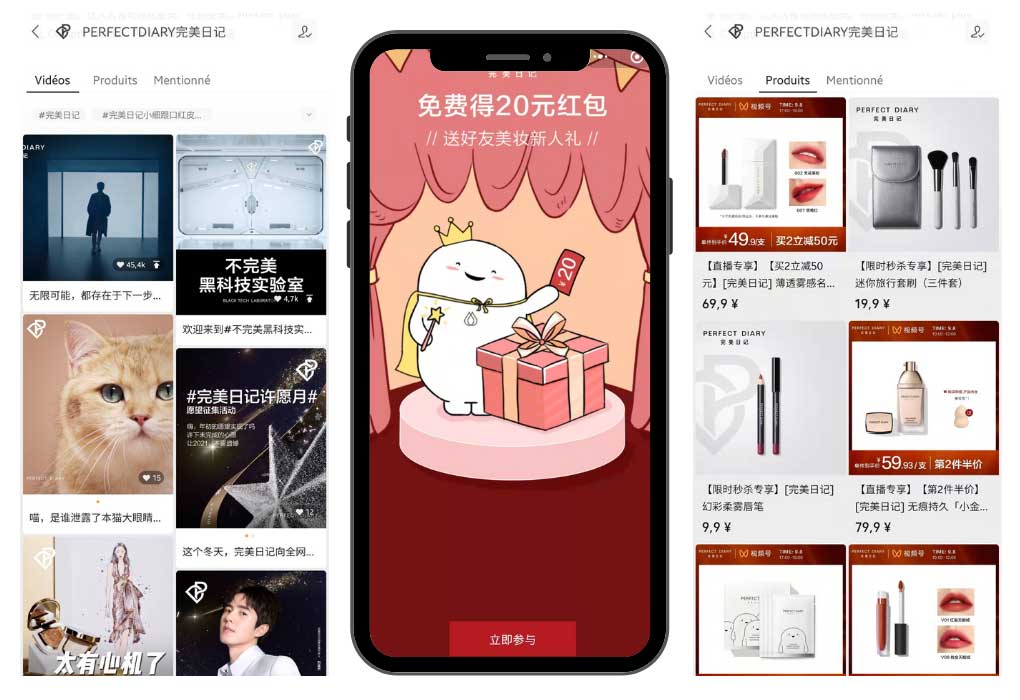
Marketing Strategies of Local Beauty Brands
Utilizing Key Opinion Leaders (KOLs) and Digital Platforms
KOLs have a strong influence on consumer preferences in China, especially when it comes to beauty trends. By partnering with popular KOLs, cosmetic brands’ visibility and credibility among their target audience will gain.
Digital platforms like social media and e-commerce websites have become the go-to channels for consumers to explore and purchase beauty products. Local brands can leverage these platforms to reach a wider audience and promote their offerings effectively.
Through KOL marketing and digital platforms, local beauty brands can engage with their customers directly, understand their preferences, and tailor their marketing strategies accordingly. This helps them stay relevant and cater to the ever-evolving needs of Chinese consumers.
This also allows local brands to showcase their unique positioning and qualitative offerings. Whether it is highlighting natural ingredients or innovative formulations, these strategies help local brands stand out in a competitive market.
Additionally, all this enables local beauty brands to establish themselves as trusted experts in the industry. By sharing valuable content, offering skincare and cosmetics tips, or conducting product demonstrations online, they can build an engaged community of loyal customers.

Focus on Qualitative Offerings
Focusing on qualitative offerings is essential for the success of local beauty brands in China. Perfect Diary and Chando, two prominent domestic brands, have made this a key part of their marketing strategies.
By providing high-quality products that cater to customer preferences at competitive prices, these brands have been able to gain a loyal following in the market. They understand that Chinese people value quality and are willing to invest in products that meet their standards.
Leveraging social media marketing and collaborating with influencers has helped them increase brand awareness and reach more potential customers. This focus on qualitative offerings has led to rapid sales growth for these brands and has played a crucial role in expanding their market share.
Chinese consumers make purchasing decisions based on not just the price but also the quality of products they are getting. This is why it is important for marketers in China’s cosmetic industry to emphasize qualitative offerings as part of their overall marketing strategies.

Market Share of Local Beauty Brands and Future Outlook
Cosmetic brands have been making significant strides in the beauty industry in China and now control a significant portion of the market. This progress is evident in the data that shows they hold a commanding 56% of the market share.
Here’s a simplified breakdown of the market share of local brands:

These figures show how Chinese brands have evolved over the years, doubling their market share in just five years. This shift in power within the industry has resulted in a reshuffling of the beauty and personal care market in China. It’s clear that local brands are no longer just a cheap alternative, but have grown to be trendsetters with a significant influence in the cosmetics industry in China.
Looking ahead, there is great potential for local beauty brands to continue growing and evolving in the future. With the beauty market in China expanding and offering opportunities for growth, local brands have a chance to further increase their market share.
For instance, Florasis, a Chinese brand rooted in tradition, has already experienced a rapid increase in sales. Additionally, C-beauty consumers, who mainly come from top-tier cities like Shanghai and Guangzhou, are eagerly embracing these local brands.

Foreign Cosmetic Brands in China
Foreign cosmetic brands in China face challenges and competition in the market, but they also coexist and collaborate with local brands to cater to the diverse preferences of Chinese women and men.
Marketing Strategies of Foreign Brands in China
Foreign brands entering the market must adapt their marketing strategy in China to succeed. Here are some key tactics they should consider:
- Embrace digital platforms: Utilize popular Chinese social media platforms like WeChat, Weibo, Xiaohongshu and Douyin to engage with Chinese users and build brand awareness.
- Collaborate with Key Opinion Leaders (KOLs): Partner with influential KOLs in China who have a strong presence on social media to promote products and create buzz.
- Customize products for Chinese consumers: Conduct market research to understand the preferences and needs among Chinese consumers, then develop tailored products that cater to their specific tastes.
- Leverage celebrity endorsements: Work with local celebrities or influencers who have a significant following in China to endorse your brand and increase credibility.
- Invest in offline experiences: Create immersive brand experiences through pop-up stores or physical retail locations, allowing Chinese female consumers, and also male consumers to interact with your products firsthand.
- Localize marketing campaigns: Adapt advertising materials, packaging, and messaging to resonate with Chinese audiences and reflect their cultural values.
- Build partnerships with local retailers: Collaborate with well-established Chinese retailers and e-commerce platforms to expand distribution channels and reach a wider consumer base.
- Establish trust through quality assurance: Demonstrate a commitment to quality by obtaining necessary certifications and conducting rigorous product testing to reassure Chinese beauty consumers about product safety.
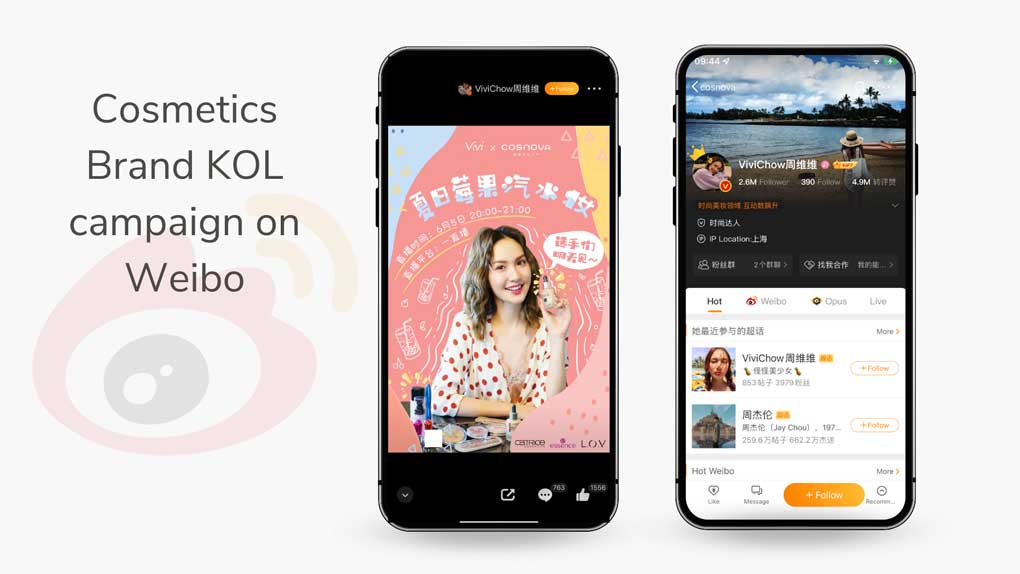
Challenges and Competition Faced by Foreign Brands in the Market
Foreign cosmetic brands in China face several challenges and fierce competition from local brands. One major challenge is the regulatory environment, which can be difficult for foreign companies to navigate.
This creates barriers to entry in the Chinese cosmetics and beauty market and makes it harder for them to establish a strong foothold. Additionally, following scandals involving domestic brands, international brands are perceived as higher quality by the majority of the population in China.
This puts foreign brands at a disadvantage when competing with local brands who already have established trust and loyalty among consumers. Despite these challenges, foreign brands can still find success by adapting their marketing strategies and leveraging their unique brand strengths in order to differentiate themselves from local competitors.

Coexistence and Collaboration Between Foreign and Local Brands in China’s Cosmetic Industry
While foreign brands have traditionally dominated the market, Chinese domestic brands are gaining traction.
This has led to an interesting interplay between the two. E-commerce platforms (Tmall, JD.com,Taobao) and influencer marketing have facilitated this collaboration, allowing both types of brands to reach Chinese consumers more effectively.
So, instead of seeing it as a competition, foreign and local brands are finding ways to work together and create a vibrant market for cosmetics in China in 2023.
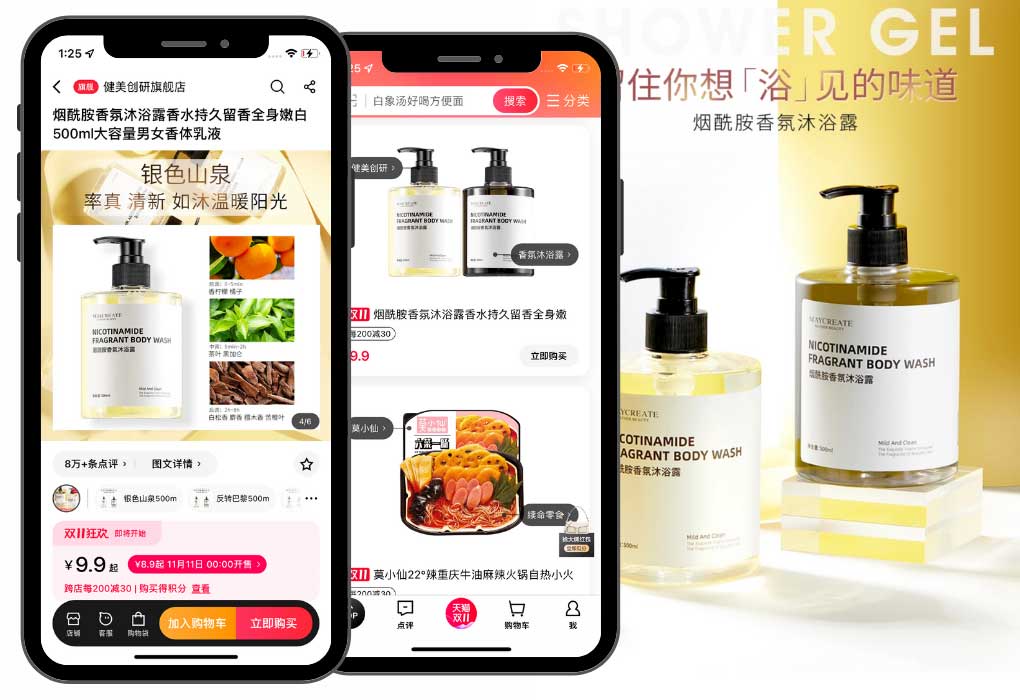
Local Brands Ascend and Adapt
In conclusion, the rise of local beauty brands in China has been remarkable. They have successfully utilized KOLs and digital platforms to reach consumers and focused on providing high-quality cosmetic products that cater to local preferences.

With their agile marketing strategies, domestic brands have gained a significant market share and pose strong competition to foreign brands. As the Chinese cosmetics and skincare market continues to evolve, understanding and adapting to consumer demands will be crucial for both local and international cosmetic brands in order to thrive in this dynamic industry.
If your brand is considering entering the cosmetics market in China, don’t hesitate to contact us. We are here to help you navigate this exciting journey. With over 20 years of experience, our agency is well-equipped to guide you through the complexities of the market and assist you in making informed decisions that align with your brand’s goals. Together, we can create a successful strategy in China for your entry into this vibrant cosmetics market.
